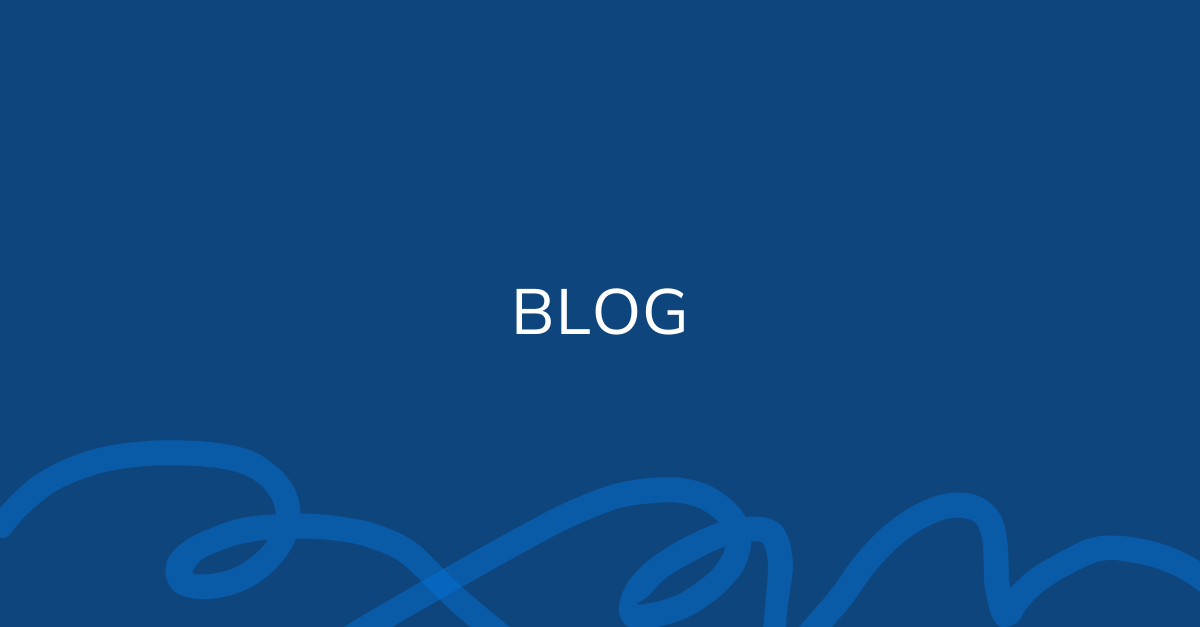
In healthcare, justifying the cost of new technology is a challenge. Leadership teams often hesitate to invest in innovative solutions, especially when return on investment (ROI) metrics are unclear. At the same time, addressing the risk for falls—a common and costly issue in patient care—demands proactive and data-driven solutions.
OneStep offers a unique solution: combining fall prevention with measurable financial benefits. This article explores how OneStep provides healthcare organizations with the data they need to proactively address falls by increasing necessary referrals back to skilled therapy sooner and reducing downstream healthcare costs.
Many technologies lack clear evidence of their financial benefits, making leadership teams hesitant to approve significant investments up front.
Some fall prevention solutions take months to show measurable improvements, leaving decision-makers without immediate proof of clinical impact.
Without robust tracking tools, it’s difficult to quantify how new technology impacts both patient outcomes and operational costs.
OneStep reduces falls and functional declines that strain care staff and increase healthcare costs. With real-time motion intelligence and predictive insights, it helps facilities improve safety while saving money downstream.
OneStep identifies patients in need of therapy by analyzing gait and functional mobility, increasing timely and appropriate referrals for skilled therapy, streamlining screening protocols — enhancing productivity and generating additional revenue.
Facilities using OneStep can track improvements in fall rates, therapy utilization, and time savings, providing clear data to justify their investment.
At Signature Rehab facilities, OneStep reduced fall rates by 31% within 90 days, significantly improving patient safety【12†source】.
By identifying patients in need of skilled therapy, Signature Rehab generated $12,000 in additional Medicare Part B revenue for patients who exhibited a decline but may have otherwise been missed without routine mobility screening.
Facilities using OneStep continue to benefit from reduced falls, improved staff efficiency, and sustainable ROI over time.
Assess your facility’s current fall rates, therapy referrals, and associated costs to create a baseline for measuring improvements.
Use OneStep’s predictive analytics and motion intelligence to address fall risks and streamline therapy referrals.
Leverage OneStep’s analytics to measure fall reductions, time savings, and revenue growth.
Compile clear, actionable data to demonstrate OneStep’s financial and clinical benefits to leadership teams.
Proving ROI for fall prevention technology doesn’t have to be a challenge. OneStep empowers healthcare providers with measurable metrics, from reduced fall rates to increased therapy revenue. With OneStep, facilities can improve patient outcomes, enhance operational efficiency, and confidently justify the cost of innovative solutions.